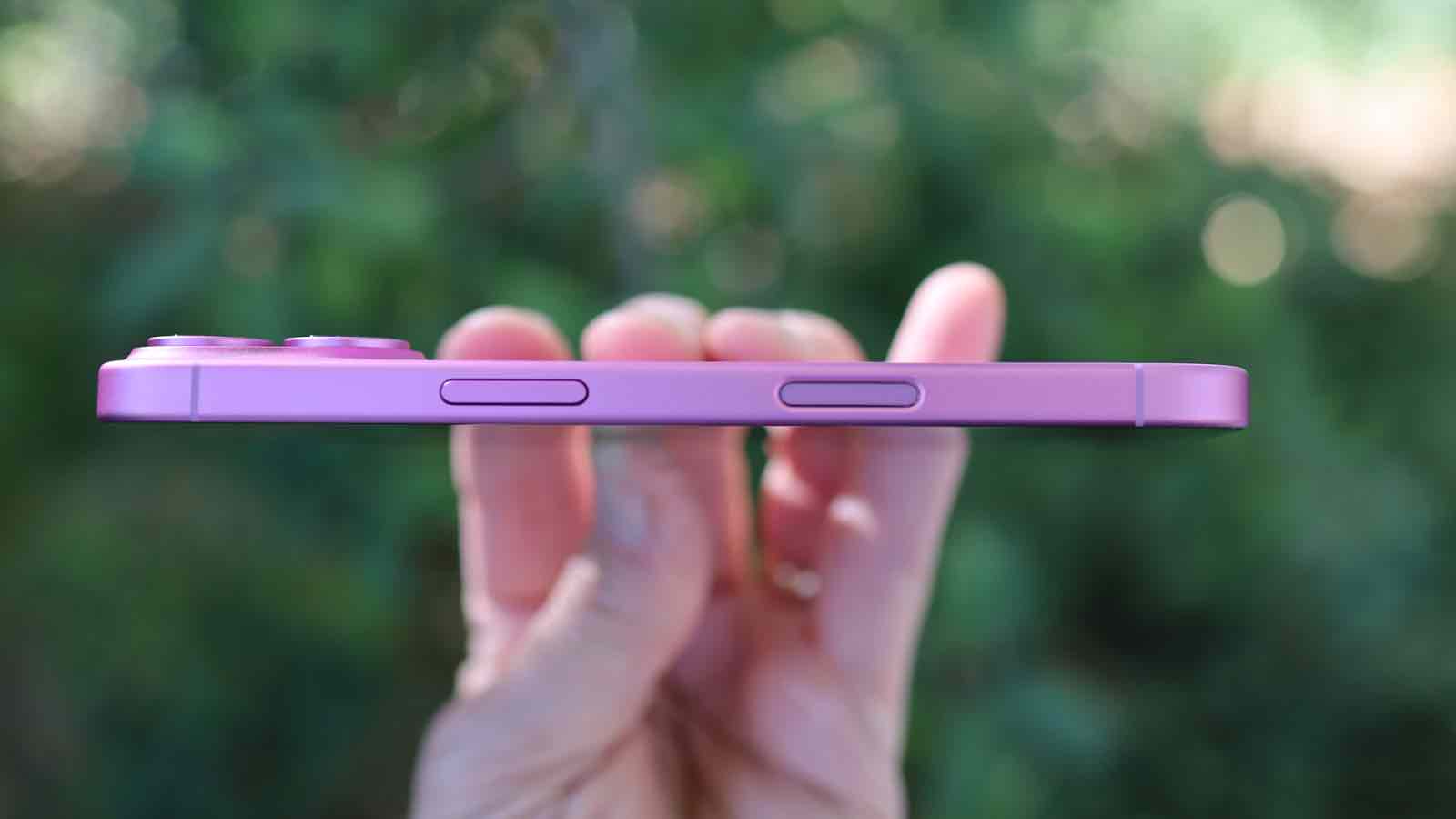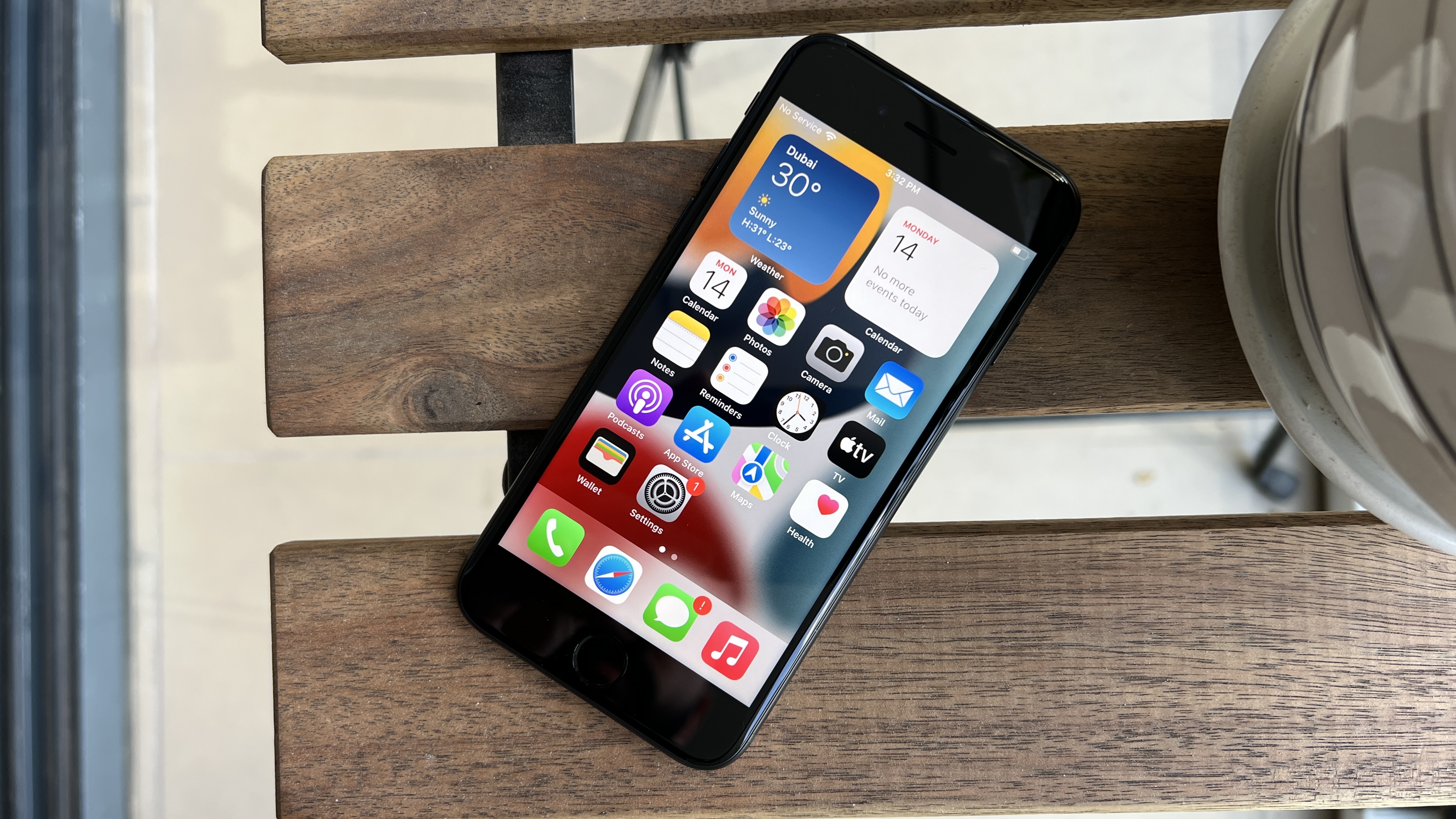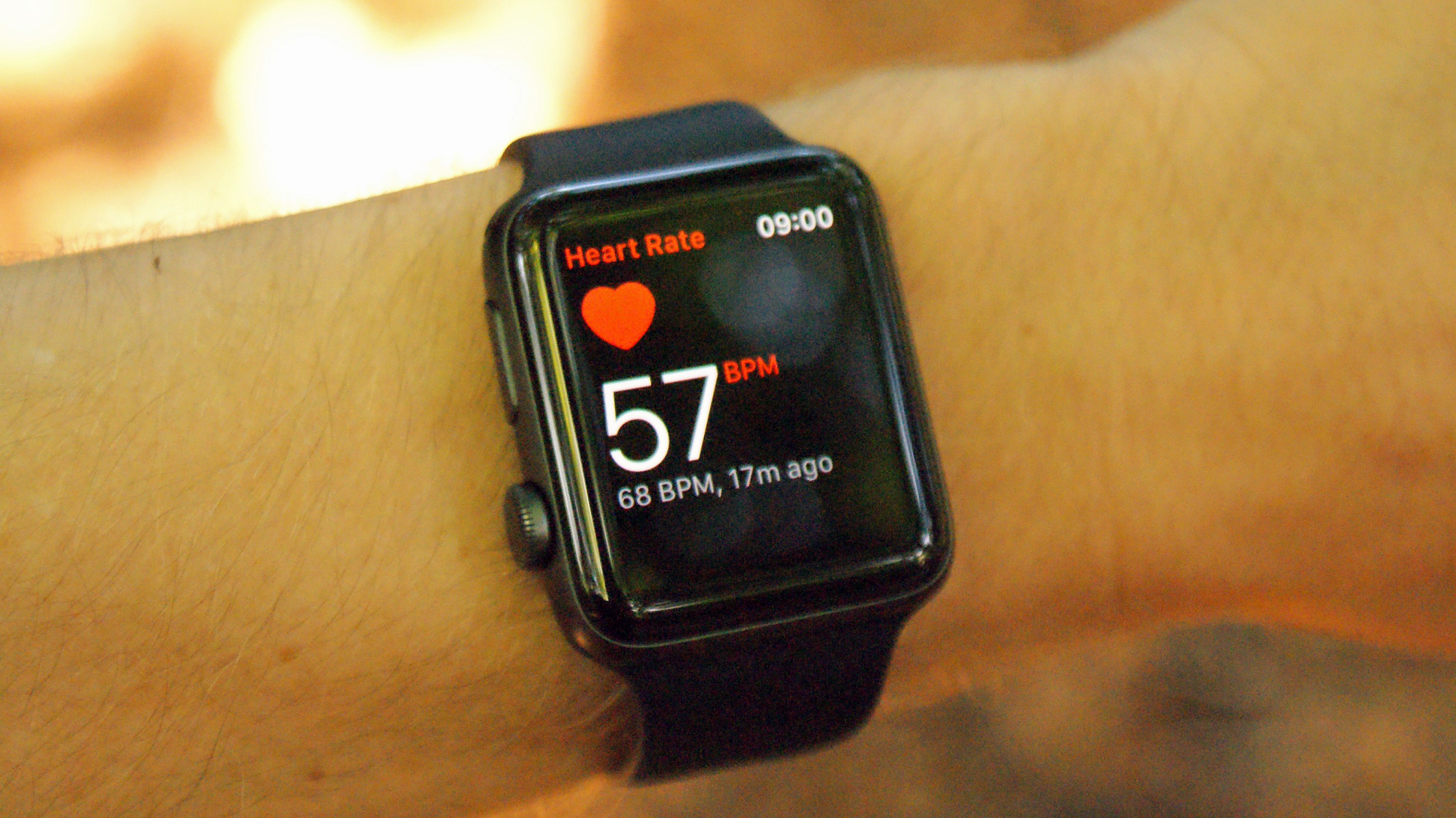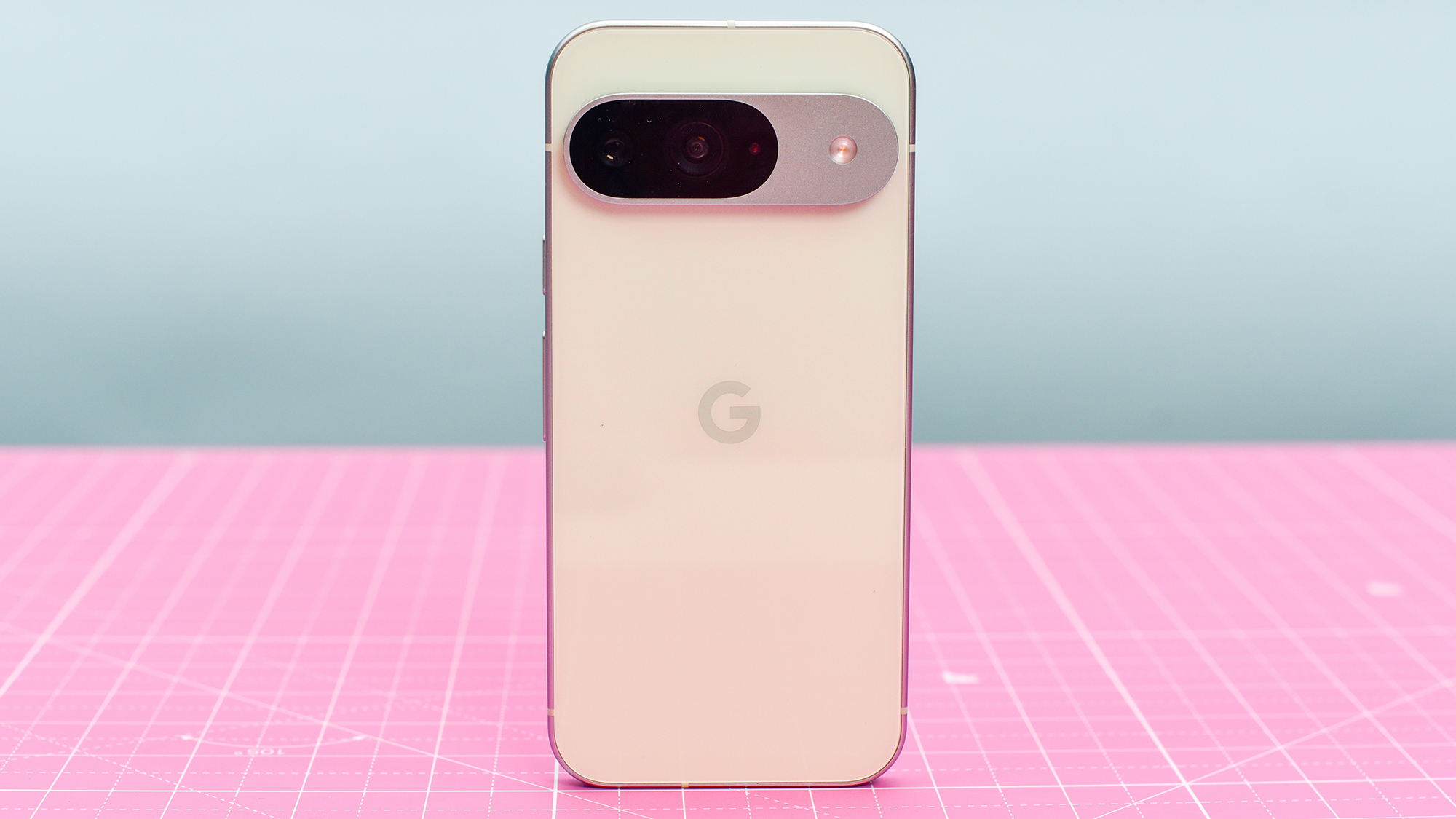- The iPhone 17 Pro and Pro Max could use a new type of screen technology
- This will supposedly improve display performance, durability, and power efficiency
- The iPhone 17 Pro series might also stick with titanium
The latest iPhone 17 Pro and iPhone 17 Pro Max leaks include two pieces of good news, one relating to the screen and the other to the frame.
First, leaker @Jukanlosreve claims that the iPhone 17 Pro and Pro Max will both use “a new technology called Low-Dielectric TEE”.
According to @Jukanlosreve, this new technology “improves battery efficiency, maximizes display durability, and enhances overall performance compared to existing display technologies.” So it sounds like an all-round upgrade for the screen.
Exclusive: The iPhone 17 Pro series will feature a new technology called Low-Dielectric TEE.Low-Dielectric TEE improves battery efficiency, maximizes display durability, and enhances overall performance compared to existing display technologies.December 3, 2024
We’d still advise taking this leak with a pinch of salt, mind, especially as this is very early for iPhone 17 series leaks, but the source has a decent track record.
Titanium, not aluminum
In other iPhone 17 Pro and Pro Max news, leaker Brake Number (via GSMArena) claims that Apple will equip these phones with a titanium frame. That might not sound surprising; after all, the iPhone 16 Pro and Pro Max use titanium. But a recent leak suggested Apple would switch to aluminum for the iPhone 17 Pro series. So, this latest leak is basically just refuting that claim.
The idea that the iPhone 17 Pro and iPhone 17 Pro Max would use aluminum always seemed odd, since that’s a less premium material, so could make the phones seem like a downgrade. With that in mind, we’re inclined to believe this latest design-related leak.
That said, there are reasons why Apple might make the switch back to aluminum. For example, @Jukanlosreve recently speculated that President-elect Trump’s potential tariffs and titanium’s high cost could both be reasons for Apple not to use the premium material on the iPhone 17 Pro series.
So, right now, we can’t really be sure whether the iPhone 17 Pro and iPhone 17 Pro Max will use titanium, aluminum, or something else altogether. We probably won’t be sure for quite a while, either, as these phones aren't likely to land until September. We expect to hear plenty more leaks in the meantime, though.
You might also like
- The iPhone 17 Air could be just as unpopular as the iPhone Plus and mini
- iPhone 17 Pro Max: latest news, rumors, and everything we’ve heard so far
- Best iPhone: which Apple smartphone reigns supreme?

 iPhones aren’t perfect, and over time, performance issues are almost inevitable. Fortunately, there are several ways to tackle these issues. Here are five proven hacks to get your phone back to optimal speed and smooth functionality, no complicated tech skills required.
iPhones aren’t perfect, and over time, performance issues are almost inevitable. Fortunately, there are several ways to tackle these issues. Here are five proven hacks to get your phone back to optimal speed and smooth functionality, no complicated tech skills required.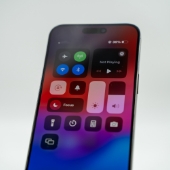 For many workers, iPhones are practical business tools — they make handling emails, presentations, and everything in between simple and easy. But these devices can become slow and unresponsive, which can disrupt your day and hinder productivity. By implementing the following five hacks, you can keep your phone running at its best and minimize sluggish performance.
For many workers, iPhones are practical business tools — they make handling emails, presentations, and everything in between simple and easy. But these devices can become slow and unresponsive, which can disrupt your day and hinder productivity. By implementing the following five hacks, you can keep your phone running at its best and minimize sluggish performance. It’s a familiar problem: over time, even the fastest phones begin to slow down. Apps take longer to load, screens freeze, and multitasking becomes a chore. If this sounds like your phone, don’t worry. There are some simple adjustments you can make to minimize iPhone lag.
It’s a familiar problem: over time, even the fastest phones begin to slow down. Apps take longer to load, screens freeze, and multitasking becomes a chore. If this sounds like your phone, don’t worry. There are some simple adjustments you can make to minimize iPhone lag.